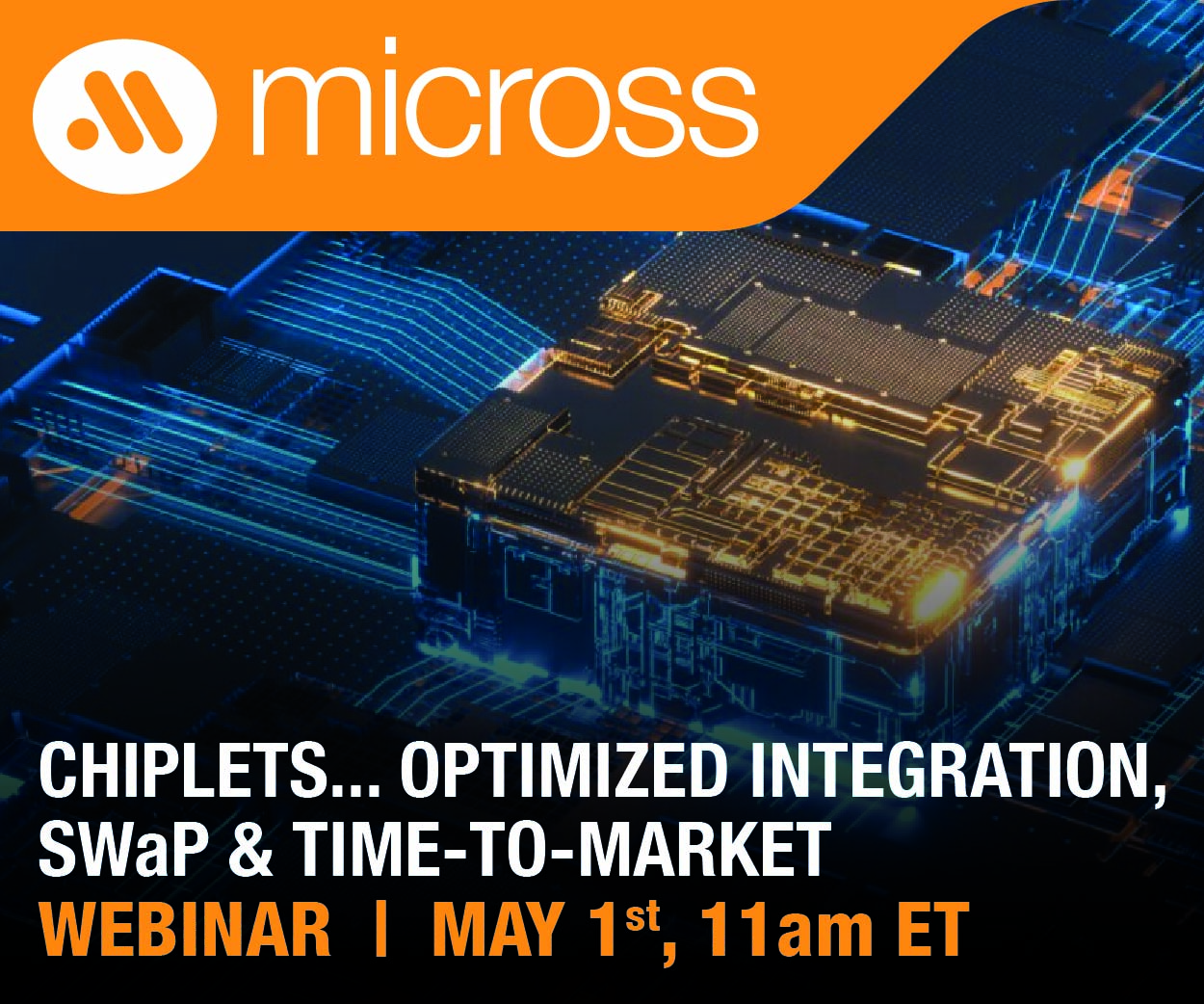40 years ago in 1984, the semiconductor industry was in one of its many transitions. The USA had lost its leadership role in memory and companies were starting to transition out of the DRAM business. Logic chips were gaining in importance as the personal computing business was a few years old, and the semiconductor industry lived and died depending upon PC and memory sales (Figure 1).

TSMC had not yet been founded, and i line was the leading-edge lithography solution with Nikon and Cannon dominating the market. Semiconductor research was performed at some universities, and every major company had a significant R&D and materials research center.
At that time, semiconductor industry collaboration meant presenting your research at one of the technology conferences, cross-licensing technology to a competitor to settle a patent issue or partnering or selling DRAM technology to a Japanese or other foreign entity.
Semiconductor Industry Collaboration Today
Fast forward 40 years to 2024 and AI is the hottest part of the semiconductor industry, but there are multiple industry drivers as semiconductors have become ubiquitous and are present in nearly every aspect of our modern lives. Companies still have R&D organizations, but research in the semiconductor space has become more collaborative. A considerable part of pre-competitive research in the semiconductor industry occurs at IMEC, along with other global RTOs worldwide such as Fraunhofer IZM, CEA-Leti, ITRI, and small research organizations.
40 years ago, in 1984, IMEC was founded by the Flemish government to train engineers for VLSI. At that time employed 70 engineers. Today IMEC has 5,500 people worldwide helping to advance semiconductor technology through collaborative research, and continues to train engineers for the industry.
In 2024, IMEC celebrated its 40th anniversary at the IMEC Technology Forum World, (ITF) in Belgium. Each year in May IMEC updates the industry regarding the progress of its research that has occurred over the previous year. IMEC gives the industry a chance to hear about what is taking place inside IMEC but also has its partners present on topics that are pressing to the industry.
Photolithography, and more importantly EUV is one of the areas that IMEC has collaborated with ASML and the lithography ecosystem to continue to drive improvements in smaller linewidths to today’s 8nm lines.
Luc Van den hove, the president and CEO of IMEC set the stage for the event, first as a very realistic hologram, and then in person, giving the audience a quick walk down IMEC’s memory lane. Starting in 1994 semiconductor industry collaboration grew from IMEC’s industrial affiliation program. In this stage, IMEC selected an area of research and asked industry partners to participate. In 2004, IMEC launched its core 300mm CMOS program. In 2014 IMEC began linking chip research with applications, and merged with the Flemish digital research center, iminds.
Van den hove noted that the entire microelectronics industry is at a tipping point, with the CHIPS acts in Europe and the USA, along with geopolitical microelectronics tensions causing a shift in the manufacturing and chip development landscape.
Van den hove laid out the structure that has made IMEC and, as a result, the industry successful. The key has been to have all players participate and contribute to moving chip technology to the next node in a collaborative manner, and then the participants take that technology and implement it into their specific process for commercialization (Figure 2)

IMEC played a key role in coordinating roadmaps and pre-competitive technology development, which has enabled the industry to continue down Moore’s Law. FinFET to GAA to CFET, as well as being an instrumental contributor to the advanced packaging space.
While the industry continues to shrink and create new chip and system technology to support the roll-out of AI technologies, there are also some critical issues the industry needs resolve. AI large language learning models consume vast amounts of power, to the point that companies with large data centers are facing the challenge of meeting their net zero goals, or pushing net zero back in the name of pursuing AI. Van den hove pointed out that this path is unsustainable, and solutions are needed to reduce power in both the chip and system components, as well as the software component.
From a chip perspective, IMEC’s CMOS 2.0 program looks at both the transistor and on-chip metallization and the integration of chips into a package or system, including where possible optical interconnects to reduce power. This was defined as a need for versatile architecture and technology platforms. Van den hove also mentioned that we need to see the software developers take into consideration how much power is consumed in the models and rewrite programs with a focus on power reduction.
SEMI’s Role in Semiconductor Industry Collaboration
While Van den hove laid out the grand overview of the conference to start the day, Ajit Manocha, President and CEO of SEMI, punctuated the key issues facing the industry at the end of the day. As the industry drives forward, it is faced with navigating multiple challenges. Net Zero, Lack of a trained workforce, environmental concerns, and geopolitical issues. To meet these challenges and achieve a 1 trillion-dollar semiconductor market, collaboration will be key. As both Manocha and Van den hove pointed out, no one region or company can achieve this on their own. Coming together and collaboratively working on the grand challenges will be key to achieving net zero and the industry’s future success. ~ D.F.






















